For anyone who has not seen the recent BBC drama series The Snake, (now available on Netflix), let me tell you that it is definitely worth watching. Burrowing into the dark side of hippie culture, it chronicles the life of Charles Sobhraj, as a drug addict and murdered over a dozen people between 1975 and 1976. The casting is exquisite. 70s fashion is amazing. The exciting atmosphere is absolutely convincing through the dense haze of cigarette smoke that constantly hovers through the air. Tahir Rahim, who plays Sobhraj, introduces us to a man who is obsessed with his image and how he is perceived. A man who appears quiet and calm, but still has a brutal anger that simmers beneath the surface. The story of Charles Sobhraj is astounding. But who was the man behind the slick exterior? This blog is hoping to find out.
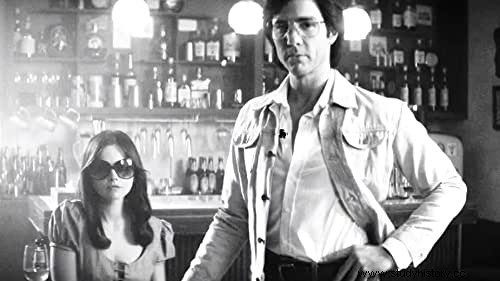
Who was Charles Sobhraj?
Sobhraj was born in Saigon to an Indian father and a Vietnamese mother in 1944, and was the product of an unhappy marriage. His parents soon divorced, and Sobhraj was eventually adopted by his mother's new girlfriend, a French lieutenant stationed in French Indochina. His childhood was spent traveling between France and Indochina, and he was shunted aside in favor of his new siblings. He started committing petty crimes in his early teens, and was arrested for the first time in 1963 for burglary. He was sent to Poissy Prison outside Paris. Charles quickly learned to use his charismatic skills to manipulate prison guards to provide him with special services.
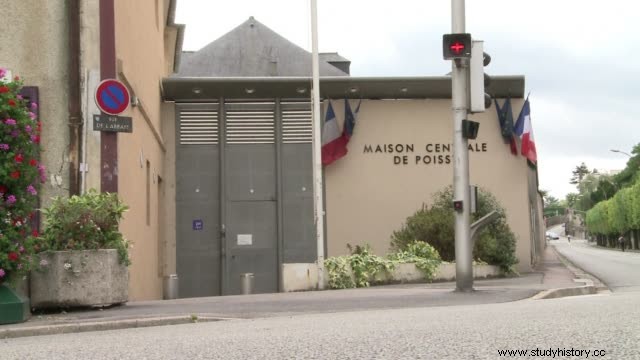
During his time in prison, Charles met a wealthy prison volunteer named Felix d'Escogne. They became friends, and after his release, Sobhraj moved in with him. This newly discovered friendship gave Charles an exclusive ticket to the upper echelons of Parisian society. He soon became adept at maneuvering between the murky waters of the criminal underworld and the high society of Paris. This skill, the ability to fit into any amount, would be the basis of his success as a criminal. He could pull anyone and seduce anyone.
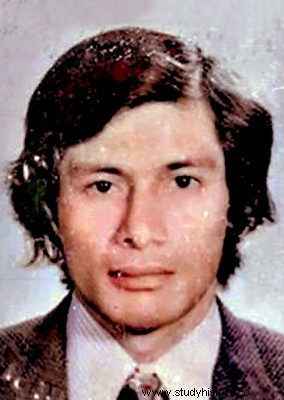
Charles and Chantal
During this time, Sobhraj met a young Parisian woman named Chantal Compagnon. She was from a religious and conservative family. They started dating and Charles proposed to Chantal, but he was arrested the same day for driving a stolen vehicle and resisting arrest. He was sentenced to eight months in prison, but Chantal remained loyal and supportive. They were married when he was released. In 1970, Sobhraj and a now pregnant Chantal went to Asia and committed petty crimes along the way. They robbed tourists of cash and traveled with their stolen passports to avoid discovery.
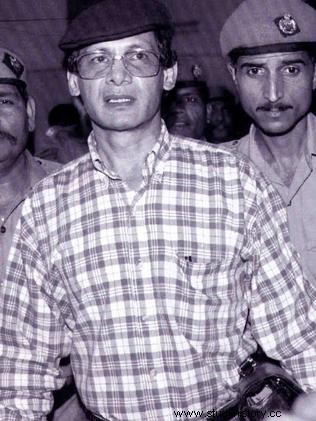
Sobhraj i India
In the late 1970s, Sobhraj and Chantal arrived in Mumbai, India. It was here that Chantal gave birth to a girl, whom they called Usha. Charles' criminal activities here increased in size and nature. He started smuggling and car theft. Every profit he made went to finance his flourishing gambling addiction. But his happiness in India was coming to an end. In 1973, Sobhraj was arrested after attempting to rob a jewelry store at the Ashoka Hotel in New Dehli. He attempted the burglary by drilling into the store from a room directly above it. The occupier of the room, a Spanish cabaret singer named Gloria Mandelik, later testified that Sobhraj had tricked her.
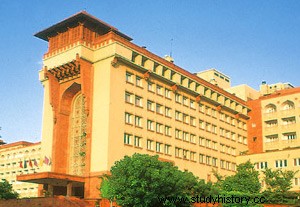
She thought he was the owner of a large hotel chain that had offered her a lucrative deal. She gave him the keys to her room while she went to work. When she returned, Sobhraj was still there with the remains of his now destroyed drill. He then convinced her to pose as a potential buyer and ask for a private display of some expensive jewels from the jewelry store below. When they arrived, Sobhraj drew a pistol and drugged both Mandelik and the jeweler. Then he tied them up and took the keys to the store. He slipped into the jewelry store and calmly filled a bag of diamonds and pearls estimated at around $ 20,000 XNUMX dollars before leaving the hotel through the front door.
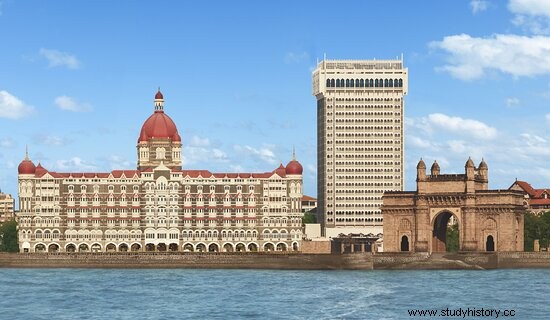
A twist of fate
After the robbery, it took three hours before the drugs went out and the alarm was sounded. Suspected of fleeing the country, police rushed to the airport in search of Charles. Their idea was correct, but Sobhraj noticed them first and quickly disappeared. He told a nearby customs officer that he needed to use the toilet and disappeared. Hope quickly began to fade for the police as the search for Sobhraj continued in vain. Two weeks later, however, a young foreign tourist in Bombay contacted the police and claimed to be the victim of a robbery. Bombay police arrested the suspect in possession of an unlicensed revolver. It was Charles Sobhraj. He was soon linked to the Ashoka robbery and was sent back to New Dehli to await trial.
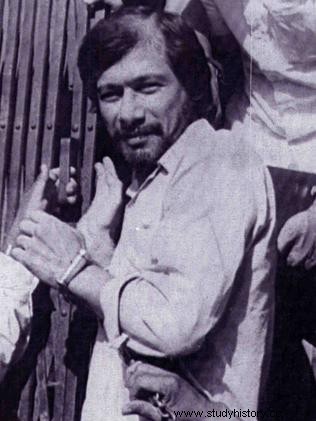
Escapes prison and flees the country
When Charles was imprisoned in New Delhi, he began to draw up a plan. He falsified the symptoms of appendicitis so precisely that he was sent to a nearby hospital for surgery. Afterwards, with Chantal's help, he drugged the guards outside his room and fled the hospital. The couple went to Kabul, Afghanistan. Here they returned to rob tourists of cash and passports. However, Sobhraj was arrested again. He fled in the same way as in New Delhi, and decided to flee to Iran alone, leaving Chantal and his daughter. Chantal, though still loyal and in love with Charles, returned to France. She was tired of the criminal lifestyle. Sobhraj spent the next two years on the run, exchanging identities between ten different passports.
Meet Marie - Andrée
As a wanted man, Charles created a false identity:Alain Gautier. He pretended to be a gemstone merchant and salesman to impress and befriend tourists he met. In Kashmir, India in 1975, Sobhraj met Marie- Andrée Leclerc. She was a tourist looking for adventure from Quebec. He offered to show her around as an impromptu tour guide, and asked her to come back to see him again after the trip. Over the next three months, the couple exchanged love letters back and forth. They agreed to meet in Bangkok in October later that year. They moved into an apartment near Bangkok's infamous red light district of Patpong, where they were joined by an old friend of Charles', Ajay Chowdhury. Marie quickly became obsessed with Charles, and would continue to be his most devoted disciple.
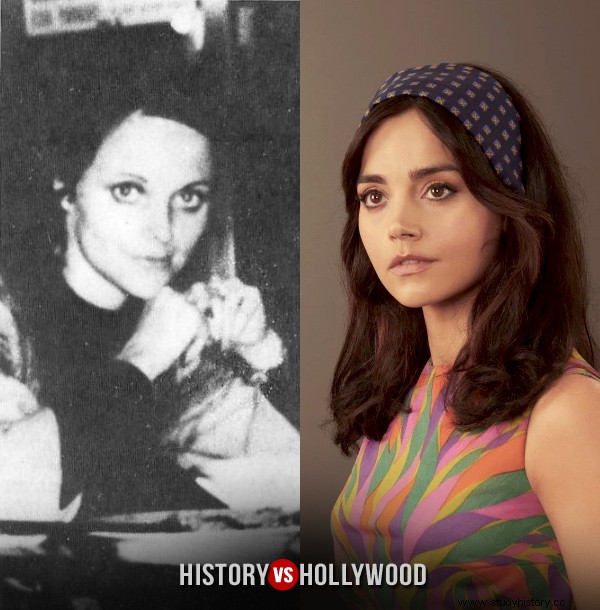
From petty crime to meditated murder
Sobhraj gathered followers through scams designed to gain loyalty and trust. For example, he helped two former French police officers recover stolen passports that he had stolen himself. He also provided shelter and care for another Frenchman, Dominique Renelleau, who appeared to be suffering from dysentery, when Sobhraj had actually poisoned him. Charles would then recruit these grateful acquaintances to join himself and Chowdhury in their crimes. The first murder that Sobhraj and Chowdhury ever committed was in 1975. Their first victim was a young woman named Teresa Knowlton from Seattle. She was found in a tidal pool in the Gulf of Thailand, wearing a floral bikini.
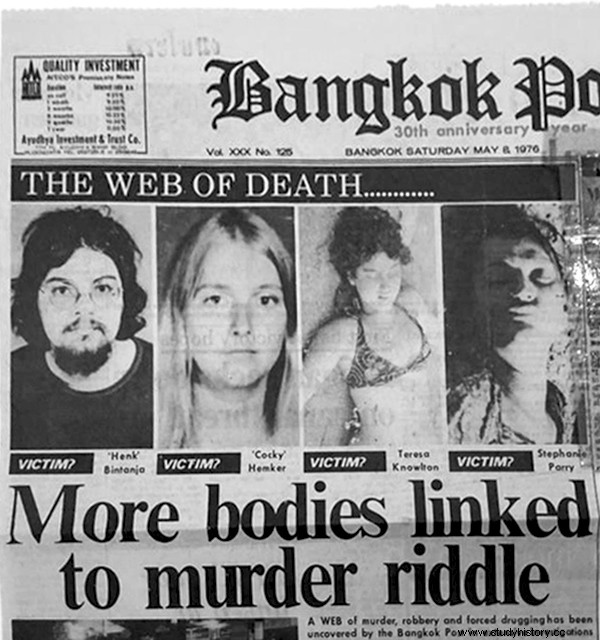
The next victim was a young Turkish Sephardic Jew named Vitali Hakim. His burnt body was discovered on the road near the resort of Pattaya. It was close to where Sobhraj and his followers lived. Sobhraj later claimed that most of his killings were the result of drug overdoses and that they should never happen. However, investigators reiterated that the victims had threatened to expose Charles and his criminal operations, leading to their deaths. Two Dutch students, Henk Bintanja and Cornelia Hemker, were invited to Thailand by Sobhraj after meeting him in Hong Kong on their travels. They, like others before them, were poisoned by Sobhraj and then nursed back to health to gain confidence. While recovering, Vitali Hakim's girlfriend, Charmaine Carrou, appeared and investigated his disappearance.
 Striving for control
Striving for control Worried about the two sick Dutchmen in his apartment, Sobhraj and Chowdhury quickly took them out of the building. Their bodies were later discovered strangled and burned on December 16, 1975. Not long after, Carrou was also found, drowned and wearing a bikini similar to Sobhraj's former victim, Teresa Knowlton. Although the two killings were not linked at the time, they would later serve Charles as the infamous moniker of 'The Bikini Killer'. The deaths of the Dutch tourists were to prove to be contributors to the final capture of Sobhraj when they brought him to the attention of the Dutch diplomat, Herman Knippenberg.
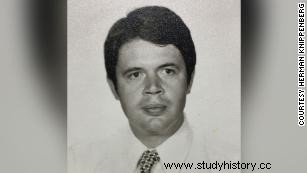
An unlikely hero
Herman Knippenberg was a diplomat who received his first international mail to Bangkok from the Netherlands in the early 1970s. He moved to Thailand to take up the post of third secretary with his wife at the time, Angela, by his side. In 1976, Knippenberg received worried letters from the families of Henk and Cornelia. They had not been in contact for an unusually long time, and the families began to worry. Knippenberg could not let the situation go, despite being asked to do so by his superiors. He believed that these families had the right to expect help from the Dutch embassy in Thailand and promised to do everything he could to uncover the truth.

Knippenberg and Sobhraj
Weeks before Knippenberg received the fateful letter from the affected Dutch families, two charred corpses had been discovered north of Bangkok. They were originally reported as two missing Australian backpackers, until the couple in question showed up a few weeks later. After a while, Knippenberg decided to test the dental records of the missing Dutch couple against the unidentified bodies. The result was undeniable - it was a battle. This revelation made Knippenberg remember a story he had been told by an administrative attachment at the Belgian embassy. There was a rumor that a French pearl dealer named Alain Gautier was in possession of a large number of passports, allegedly belonging to murder victims, and that two of the passports were Dutch.
 The day after the trip to the morgue, Knippenberg contacted the Belgian fiancé and demanded to know where the information about the French pearl merchant came from. After some persuasion, he was given a name, Nadine Gires. She was a French woman who lived in the same apartment building as Sobhraj and had worked for him by introducing him to new customers. Knippenberg arranged a meeting with her and was told that other people who worked for Sobhraj had fled after the discovery of the passports, for fear that they had been murdered. She also mentioned that she had seen the Dutch couple, Henk and Cornelia, enter Sobhraj's apartment. When he received this information, Knippenberg notified the Thai authorities, but continued to work on the case against the wishes of the Dutch embassy.
The day after the trip to the morgue, Knippenberg contacted the Belgian fiancé and demanded to know where the information about the French pearl merchant came from. After some persuasion, he was given a name, Nadine Gires. She was a French woman who lived in the same apartment building as Sobhraj and had worked for him by introducing him to new customers. Knippenberg arranged a meeting with her and was told that other people who worked for Sobhraj had fled after the discovery of the passports, for fear that they had been murdered. She also mentioned that she had seen the Dutch couple, Henk and Cornelia, enter Sobhraj's apartment. When he received this information, Knippenberg notified the Thai authorities, but continued to work on the case against the wishes of the Dutch embassy. 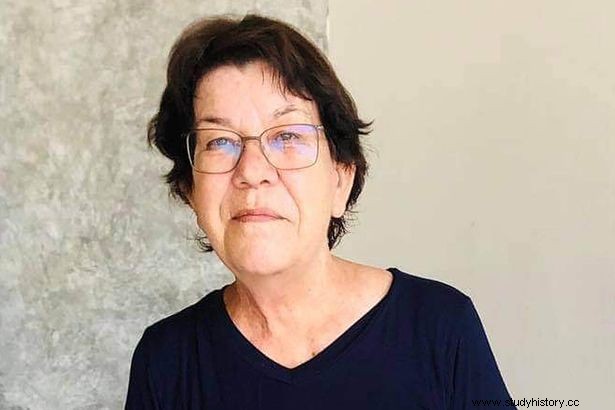
Hunting for a killer
In March 1976, Gires called Knippenberg to inform him that Sobhraj and Leclerc were planning a trip to Europe for a longer period. Knippenberg quickly reported this news to the police, and Sobhraj's apartment was attacked within a few hours. Both Charles and Marie, now leaving Monique, were arrested. However, Sobhraj had a stolen passport in his possession in which he had inserted his own photo. He claimed to be a US citizen with the passport as evidence and was soon released. The next day, Gires was invited into Sobhraj's apartment by one of his housemates and contacted Knippenberg in a panic, worried about what he should do. He asked her to go for the time being, and worried that it might otherwise look suspicious. While there, Nadine managed to steal some passport photos that were in the apartment, which provided new information about another victim.
 Refuses to give up
Refuses to give up Sobhraj's escape from custody left Knippenberg frustrated and sad. He received angry phone calls from officials back in the Netherlands who were dissatisfied with the lack of action by the Thai police. A couple of weeks later, Gires contacted Knippenberg again to tell him that Sobhraj's landlord was planning to rent out his apartment and dispose of his belongings. Knippenberg feared that important evidence would be lost, and quickly assembled a team to review the contents of the apartment. They found 5 kilos of medicine and three containers in industrial size with a liquid substance that was described as both "a laxative and a chemical straightjacket" (CNN). They also uncovered the coat and purse of Cornelia Hemker, the missing Dutch woman.
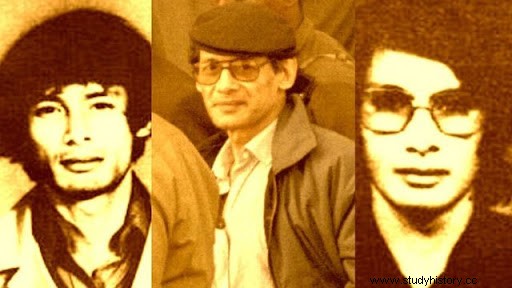
In May 1976, the Dutch ambassador advised Knippenberg to publish his findings. The Bangkok Post printed an explosive cover page entitled "Web of Death". After the story was published in the media, the Thai authorities issued an Interpol message and guarantee for Sobhraj and Leclerc. Not for the first time, Sobhraj was now back on the run. At the time the story was published, Sobhraj was back in France. But it was not long before the headlines about his crimes back in Thailand hit international newspapers. He fled to India with Marie, and they arrived in New Dehli in early June 1976, after driving all the way.
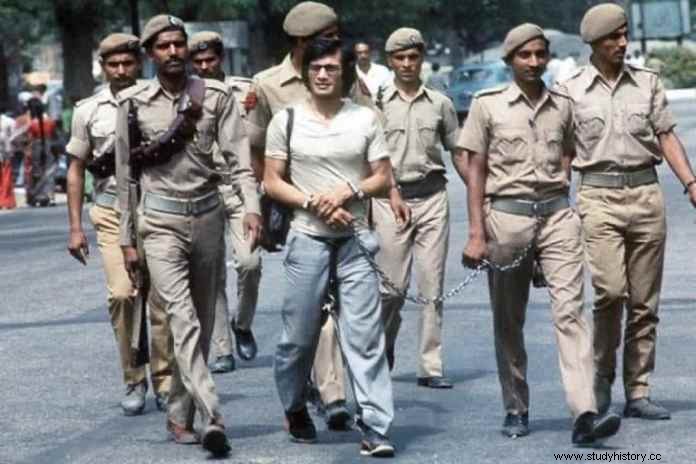
Capture Charles Sobhraj
Sobhraj was finally arrested in New Dehli in 1976. He had tried to drug a group of French engineering students during a meal at Hotel Vikram. He tricked them into taking the drugs by selling them as "anti-dysentery" drugs, which many of the students swallowed on the spot. Frightened at the sight of twenty people who suddenly vomited, the hotel officer called the police. In a turning point, the officer who arrived at the scene was the only police officer in India who could accurately identify Sobhraj from his previous time in an Indian prison. Sobhraj was convicted of attempted robbery by French students and sentenced to 12 years in New Delhi's Tihar Prison.
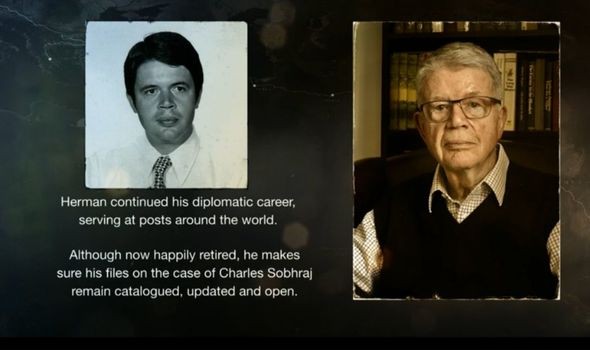
the conclusion
Charles Sobhraj is believed to have murdered at least 20 tourists in total. He escaped from Tihar prison in New Dehli in 1986, but was recaptured in Nepal in 2003 where he received a life sentence for murder. Charles is reportedly 77 years old today and is still in prison. Marie Andree Leclerc was also arrested in New Delhi. However, she was released in 1983 and was allowed to travel home to Quebec, when she was diagnosed with terminal ovarian cancer. She died a year later. Former Dutch diplomat Herman Knippenberg moved to Wellington, New Zealand, where he lives his retirement with his wife. To date, the story of Sobhraj has been the subject of 4 biographies, 3 documentaries, a movie and of course the eight-part series on Netflix, "The Serpent".
